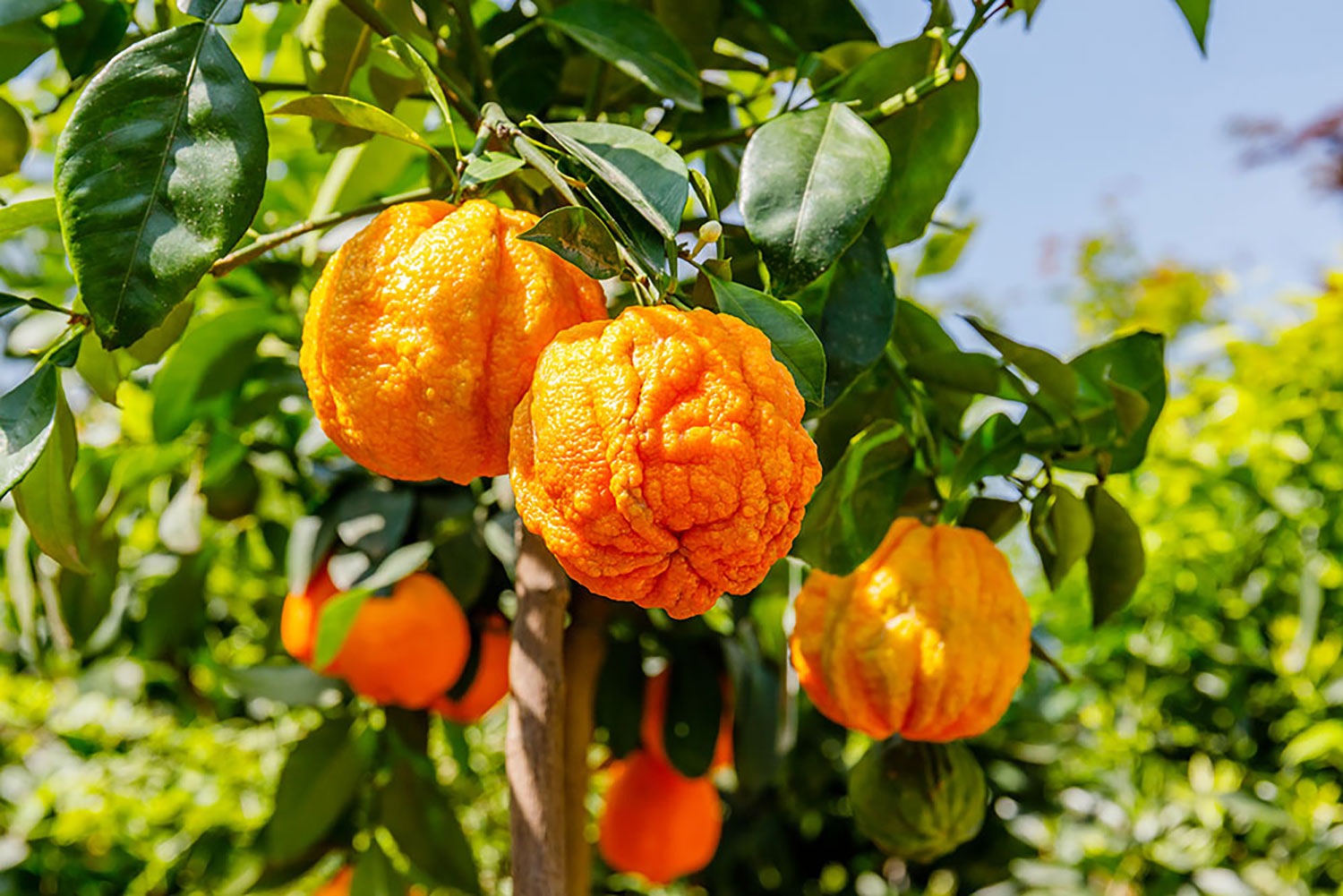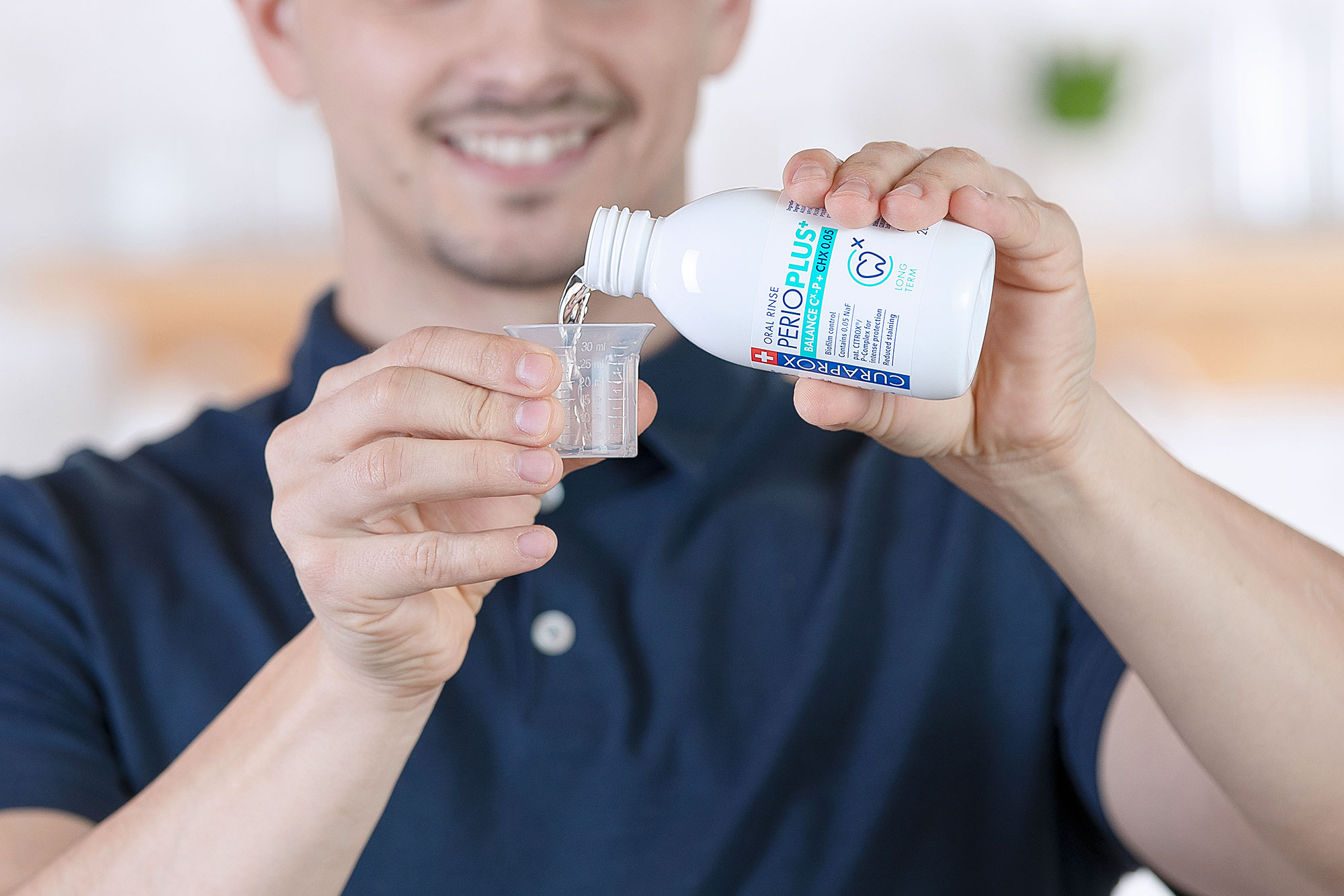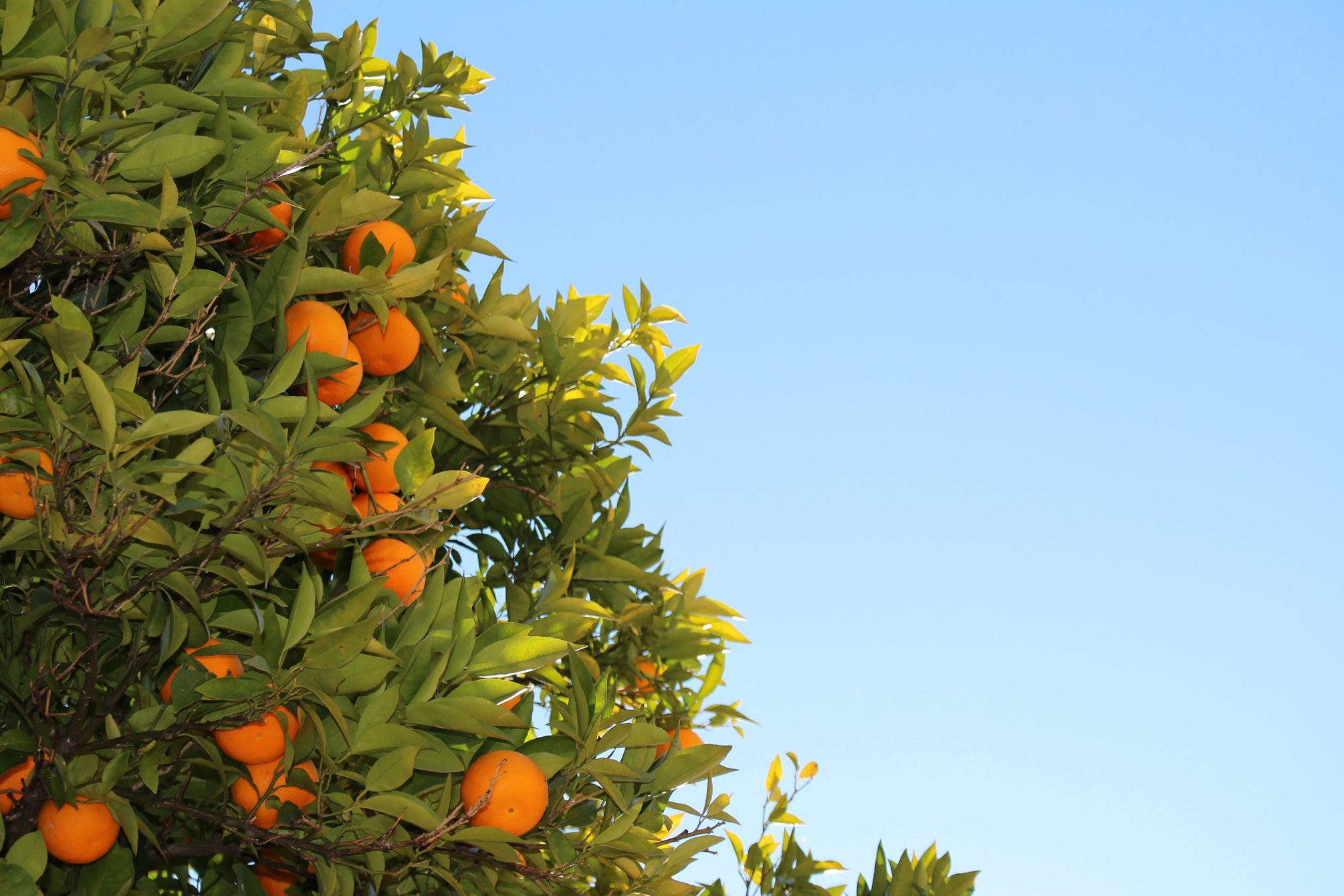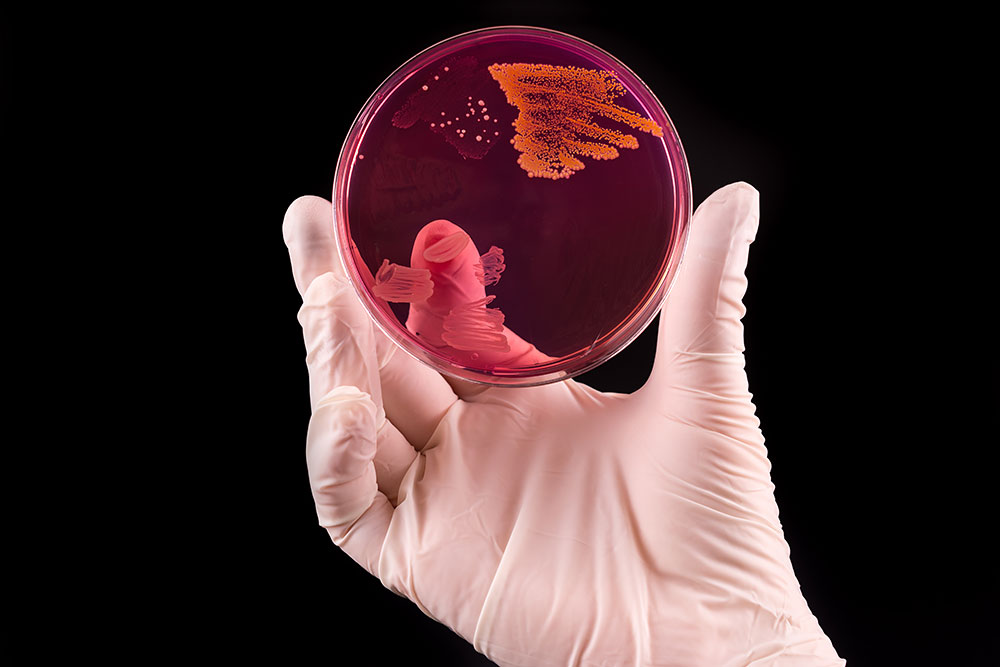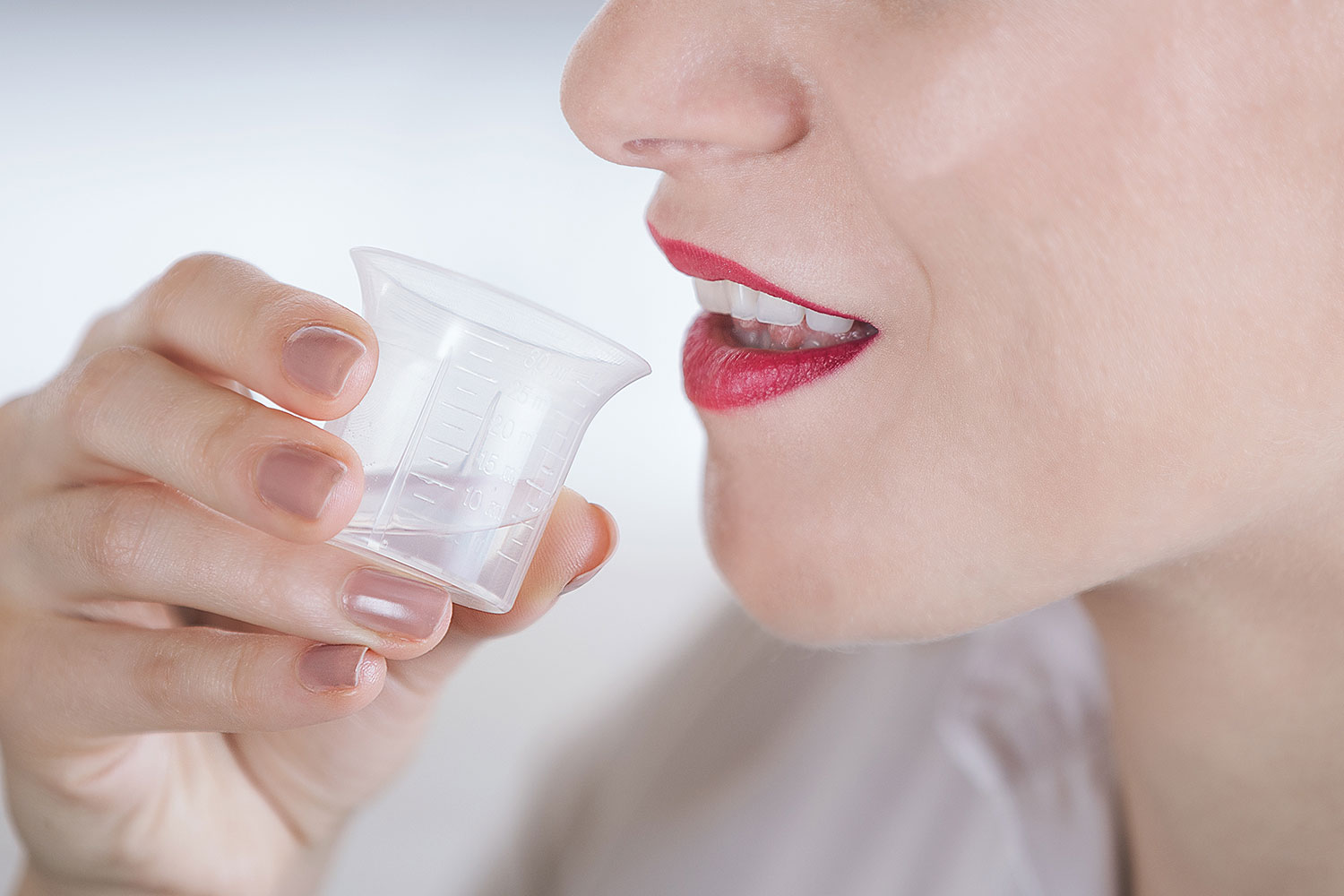With an estimated 743 million people affected, periodontitis is a major global health burden. The condition is usually initiated by bacterial biofilm resulting from poor oral hygiene and mediates the destruction of soft and hard periodontal tissue, and has been linked to systemic diseases such as diabetes and cardiovascular disease. A healthy diet is a well-known factor in the prevention and management of periodontitis, but there is one group of completely organic chemicals that could play a larger role than previously assumed: polyphenols.[1]
Our periodontal health is influenced by our oral hygiene habits, genetic factors and systemic health. In recent years, however, there has been growing academic interest in nutrition as a way to keep our mouths healthy and prevent the development and progression of periodontitis. For example, a number of studies have shown a strong correlation between oral health and the intake of foods high in vitamin C—of which fruits and vegetables are the main source. The actual compounds in fruits and vegetables that are so beneficial to our oral health are called polyphenols, and their benefits in the dental field are only just beginning to be realised.[2]
What are polyphenols?
Polyphenols are organic plant compounds that protect the plant against disease causative agents, such as fungi, bacteria and viruses. They are abundant in seeds, leaves and other plant-derived foods, and are well-known for their health-promoting properties. In addition to benefitting our periodontal health, dietary polyphenols are associated with a lower risk of inflammatory and chronic diseases such as diabetes, cardiovascular disease, cancer and neurodegenerative conditions. Polyphenols can be divided into many different subcategories, of which tannins, lignin–carbohydrate complexes and flavonoids are some examples.

Powerful and natural antioxidants
Dietary flavonoids, especially, have been widely studied for their natural antimicrobial and anti-inflammatory properties and, increasingly, because of their reputation as powerful natural antioxidants. Antioxidants are substances that scavenge free radicals—damaging compounds in the body that alter cells, tamper with DNA and even cause cell death. This antioxidant activity of polyphenols can neutralise free radicals and may reduce or even help prevent some of the damage they cause. Considerable evidence indicates that increased oxidative damage is associated with the development of most major age-related degenerative and inflammatory diseases, and polyphenols could therefore play an important role in the prevention of these conditions.[3] Sources of flavonoids and thus antioxidants are fruits, vegetables, herbs, dark chocolate, olives and spices such as curcumin, cinnamon and anise. In particular, green tea, which is a rich source of the flavonoid catechin, has been shown to exert significant antioxidant and antibacterial activities in small clinical trials.[4]

Polyphenols and oral health
The role of dietary nutrients in oral health has typically been studied from a negative perspective, namely how sugars and other carbohydrates can promote dental caries and gingival bleeding. The fermentative metabolism of carbohydrates results in the release of acids that dissolve the minerals of teeth; consequently, high consumption is associated with a greater prevalence of periodontal disease. Obviously, it is important to consume as little added sugars as possible, but consciously incorporating polyphenols into our daily diets can benefit our oral microbiome just as much.
“Further designing polyphenol-based oral health products may present an emerging line of natural therapy for periodontitis and improve oral health in more people”
This oral microbiome is what we call the community of microorganisms in our mouths. These microorganisms are naturally in a state of balance, but when pathogenic bacteria gain the upper hand—a state called dysbiosis—oral diseases can develop. Luckily, in vitro and in vivo studies have shown that dietary polyphenols are able to target oral pathogens and change the composition of our oral microbiome for the better. They have also been found to have a beneficial impact on probing depth, gingival index and clinical attachment level—indicators of the severity of periodontitis.[5]
Consequently, certain dietary flavonoids are already used in clinical practice. The organic antiseptic CITROX, which is a mix of flavonoids sourced from the bitter orange, has been proved to selectively target bacterial strains implicated in periodontitis, such as methicillin-resistant Staphylococcus aureus, Porphyromonas gingivalis, Clostridium difficile, hepatitis A, hepatitis B and Streptococcus, while sparing normal-microbiota members of the dental biofilm.[6] The possibilities of polyphenols are plentiful, be it in restoring the mouth to a healthy balance by selectively targeting pathogens or as an aid in the battle against antibiotic resistance. Further designing polyphenol-based oral health products may present an emerging line of natural therapy for periodontitis and improve oral health in more people.
[1] Basu A, Masek E, Ebersole JL. Dietary polyphenols and periodontitis—a mini-review of literature. Molecules. 2018 Jul 20;23(7). pii: E1786. doi: 10.3390/molecules23071786.
[2] Najeeb S, Zafar MS, Khurshid Z, Zohaib S, Almas K. The role of nutrition in periodontal health: an update. Nutrients. 2016 Aug 30;8(9). pii: E530. doi: 10.3390/nu8090530.
[3] Ehrlich SD. Green tea [Internet]. Baltimore (MD): University of Maryland Medical Center; 2011 [updated 2013 Jul 31; cited 2019 Oct 21]. Available from: http://accurateclinic.com/wp-content/uploads/2016/02/Green-tea-University-of-Maryland-Medical-Center.pdf.
[4] Shahzad M., Millhouse E., Culshaw S., Edwards C.A., Ramage G., Combet E. Selected dietary (poly)phenols inhibit periodontal pathogen growth and biofilm formation. Food Function. 2015;6:719–729. doi: 10.1039/C4FO01087F.
[5] Basu A, Masek E, Ebersole JL. Dietary polyphenols and periodontitis—a mini-review of literature. Molecules. 2018 Jul 20;23(7). pii: E1786. doi: 10.3390/molecules23071786.
[6] Malic S, Emanuel C, Lewis MA, Williams DW. Antimicrobial activity of novel mouthrinses against planktonic cells and biofilms of pathogenic microorganisms. Microbiology Discovery. 2013 Oct 4;1:11. doi: 10.7243/2052-6180-1-11.


